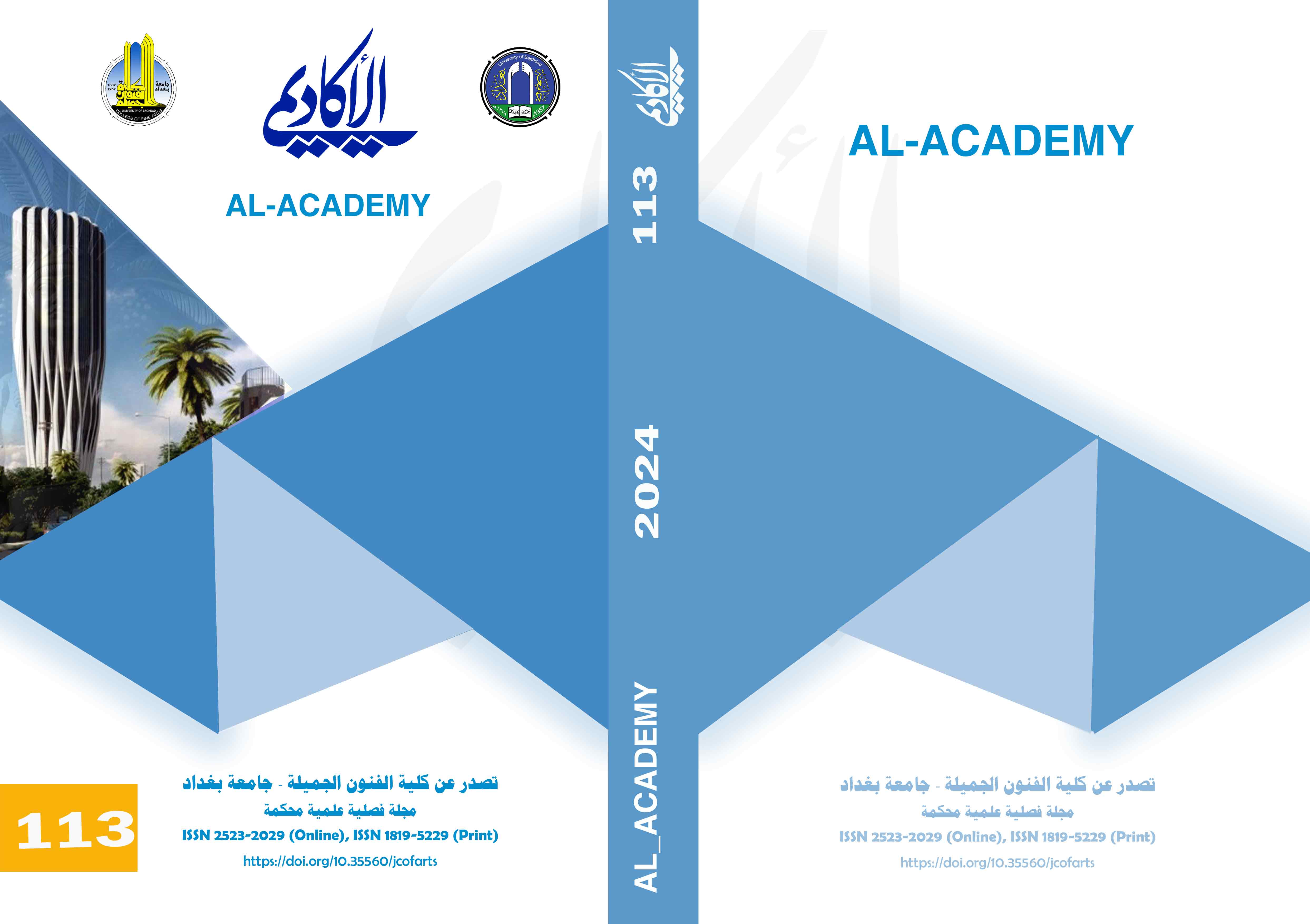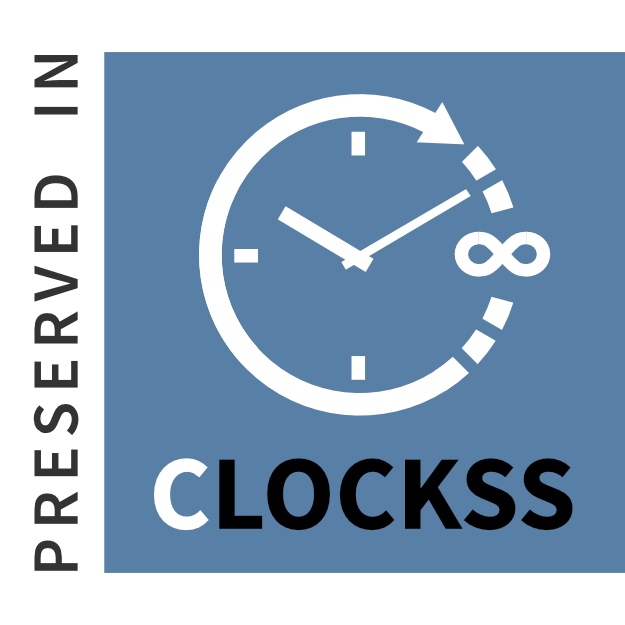Promoting the concept of sustainability in the design of plastic water bottles
DOI:
https://doi.org/10.35560/jcofarts1302Keywords:
plastic water bottles - reusing containers - innovative designs and solutions - water bottle designAbstract
A series of challenges that cannot be sustained puts people in a dilemma between many minorities and risks combined with today's uses. The matter was not specifically resolved in daily life. This study investigated the dispute between the sustainability of the green economy and the environment by comparing the use of single-use plastic water jugs and common bottles between two different age groups.
In order to achieve the goal of the study and address the research problem, the study followed the two descriptive and analytical approaches, by presenting previous studies that dealt with some of the difficulties of using plastic water bottles, as we mentioned previously, and the applied approach to conduct an analytical study of more than one design of the existing bottles in the market and proposed (the new design), specifications, and extent of ease. The use of each package and does it meet the user’s needs or not? And also the experimental approach to setting some design standards in designing the new packaging itself or the tools that help in this purpose.
The study was carried out through the results of the questionnaire that was distributed to a group that responded to the experiment, consisting of 72 people as a random sample of 111 people who were drawn from different age groups of both sexes (males and females), meaning a response rate of approximately 65%. The results showed that the proposed model achieved different rates of differences in Distribution locations are among the goals and elements of improving user experience.
The results of the study confirm the dissatisfaction with much of the design of plastic bottles among some users in some groups, such as the elderly, and the specification of certain features of the bottle to enhance the ability to open the bottle, carry it, or move around with it so that it is sufficient for the amount of bottled water. Furthermore, this study highlights the shift from the selective, efficiency-oriented approach of the linear economy to the integrated circular economy that focuses on efficiency to compensate for the negative impacts of the preferred bottle option on the environment and support older people.
The study concluded with recommendations, the most important of which is that the industry and design community should identify that support the coexistence of humans and nature on Earth through an exploratory perspective and remove barriers, such as industrial inertia. As product developers and designers, we still have the ability to bridge the gaps between traditional policies, environmental imperatives, and challenges associated with the difficulty of using such a product (plastic water bottles) to create a better future for people surrounded by different products, especially the elderly
References
Lalumandier, J.A.; Ayers, L.W. Fluoride and bacterial content of bottled water vs tap water. Arch. Fam. Med. 2000, 9, 246–250
Benevise, F. La préoccupation des français pour la qualité de l’eau. Données Environ. 2000, 57, 1–4.
Duizer, L.M.; Robertson, T.; Han, J. Requirements for packaging from an ageing consumer’s perspective. Packag. Technol. Sci. 2009, 22, 187–197.
Imrhan, S.N.; Loo, C. Torque capabilities of the elderly in opening screw top containers. Proc. Hum. Factors Soc. Annu. Meet. 1986, 30, 1167–1171
Janson, R. Openability of Vacuum Lug Closures. Ph.D. Thesis, The University of Sheffield, Sheffield, UK, 2007
Crawford, J.O.; Wanibe, E.; Nayak, L. The interaction between lid diameter, height and shape on wrist torque exertion in younger and older adults. Ergonomics 2002, 45, 922–933.
Imrhan, S.N. An analysis of different types of hand strength in the elderly and implications for ergonomic design. In Advances in Industrial Ergonomics and Safety V; Nielsen, R., Jorgensen, K., Eds.; Taylor & Francis: London, UK, 1993; pp. 390–394.
Nagashima, K.; Konz, S. Jar lids: Effect of diameter, gripping materials and knurling. Proc. Hum. Factors Soc. Annu. Meet. 1986, 30, 672–674.
Voorbij, A.I.; Steenbekkers, L.P. The twisting force of aged consumers when opening a jar. Appl. Ergon. 2002, 33, 105–109.
Yoxall, A.; Langley, J.; Janson, R.; Lewis, R.; Wearn, J.; Hayes, S.A.; Bix, L. How wide do you want the jar? The effect on diameter for ease of opening for wide-mouth closures. Packag. Technol. Sci. 2010, 23, 11–18.
Hedberg, B.; Mumford, E. The design of computer systems: Mans vision of man as an integral part of the systems design process. In Human Choice and Computers; Mumford, E., Sackman, H., Eds.; North-Holland Publishing Co.: Amsterdam, The Netherlands, 1975; pp. 31–59.
Heller, F. Human resource management and the socio-technical approach. In New Technology: International Perspectives on Human Resources and Industrial Relations; Bamber, G., Lansbury, R.D., Eds.; Routledge: London, UK, 1989; p. 16.
Iannuzzi, S.M.; Prestwood, K.M.; Kenny, A.M. Prevalence of Sarcopenia and predictors of skeletal muscle mass in healthy, older men and women. J. Gerontol. A Biol. 2002, 57, 772–777.
Park, S.I. Development of Eco-Friendly Packaging Design Technology for Packaging Waste Reduction and Recycling. Ministry of Environment of South Korea. 2014. Available online: https://dl.nanet.go.kr/SearchDetailView.do?cn=MONO1201519329 (accessed on 30 August 2021).
Hanwha Solution. Plastics in Daily Lives; PET Lids, HDPE’ Hanwha Chemical. Available online: https://www.chemidream.com/2491 (accessed on 30 September 2020).
Smith, S.; Norris, B.; Peebles, L. Older Adultdata: The Handbook of Measurements and Capabilities in the Older Adult: Data for Design Safety; Department of Trade and Industry (DTI): London, UK, 2000.
Matthew T. Defosse, “PET is low-cost alternative to PC in 5-gal water containers”, Chemical Week Publishing, L.L.C, Modern Plastics, 2000.
Noble, N., Paul, L., Mcminimee, C., Mallett, M., & Singh, J. (2009). Packaging trends for bottled water. Journal of Applied Packaging Research, 3(3), 123.
https://www.mordorintelligence.com/industry-reports
Ulrich, K.T., Eppinger,S.D., & Yang, M. C. (2008). Product design and development (Vol. 4, pp. 1-3). Boston: McGraw-Hill higher education.
Schifferstein, H. N., & Hekkert, P. (Eds.). (2011). Product experience. Elsevier.
Downloads
Published
Issue
Section
License
Copyright (c) 2024 Khulud AlJarallah

This work is licensed under a Creative Commons Attribution 4.0 International License.













